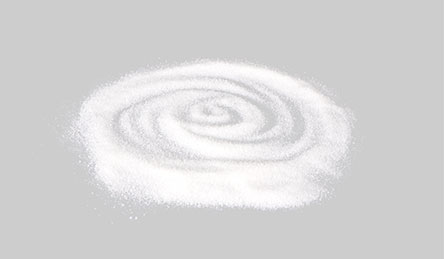
Search


Paraffin wax is a hydrocarbon mixture extracted from some distillates of petroleum, shale oil, or other asphalt mineral oil. The main component is solid alkanes, odorless and tasteless. It is a white or light yellow translucent solid. Paraffin wax is amorphous but has an obvious crystal structure. There is also artificial paraffin. Paraffin wax is a kind of petroleum processing product, a kind of mineral wax, and a kind of petroleum wax. It is a flake or needle crystal obtained by solvent deoiling and refining from wax paste, which is obtained by solvent refining, solvent dewaxing, wax freezing crystallization, or press dewaxing from the lubricating oil fraction got from crude oil distillation. It is used for making high-grade fatty acids, high-grade alcohols, matches, candles, waterproof agents, ointments, electrical insulation materials, etc. Paraffin wax is divided into food grade (food grade and packaging grade, the former is superior) and industrial grade. Food grade is non-toxic and industrial-grade is inedible.
Paraffin wax, also known as crystalline wax, is usually a white, odorless waxy solid. It melts at 47° C-64°C and has a density of about 0.9g/cm3. It is soluble in non-polar solvents such as gasoline, carbon disulfide, xylene, ether, benzene, chloroform, carbon tetrachloride and naphtha, but insoluble in polar solvents such as water and methanol. Pure paraffin wax is a good insulator with a resistivity of 1013-1017 ohm·m, which is higher than most materials except some plastics (especially Teflon). Paraffin wax is also a good heat storage material, with a specific heat capacity of 2.14–2.9j·g–1·K–1 and a melting heat of 200–220j·g –1.
Paraffin wax is a mixture of solid higher alkanes. The molecular formula of the main component is CnH2n+2, where n=17 ~ 35. The main components are straight-chain alkanes, a small number of alkanes with individual branches, and monocyclic cycloalkanes with long side chains; Straight chain alkanes are mainly n-docosane (C22H46) and n-octacosane (C28H58). Paraffin wax does not react with common chemical reagents but can burn. Paraffin wax can have catalytic cracking in industry. Paraffin wax has low chemical activity, neutral and stable chemical properties. It does not interact with acids except nitric acid and alkaline solution under normal conditions.